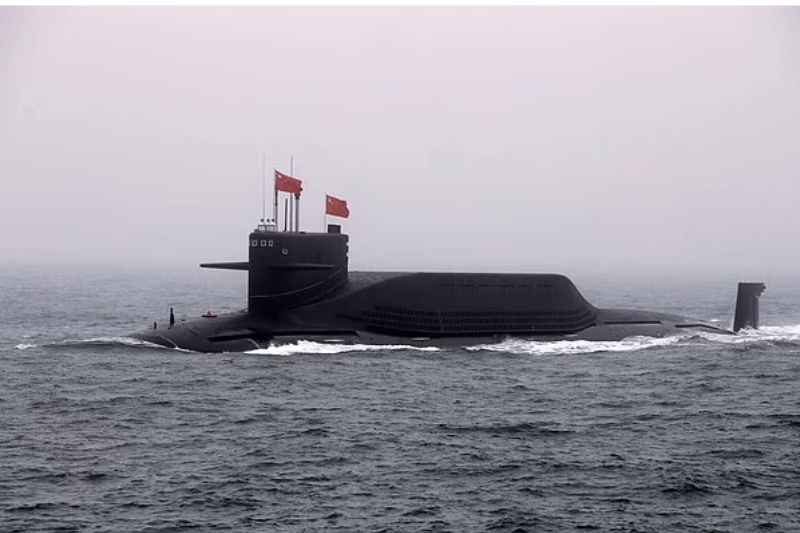
Chinese Nuclear Submarine Reportedly Caught In Its Own Trap – What We Know
Quoting leaked British intelligence, The Times has reported on an alleged “catastrophic failure” of a Chinese nuclear submarine that left 55 sailors dead, including the captain and 21 officers, from hypoxia. The incident took place in Yellow Sea on August 21.
While China has strongly denied the loss of any submarine in the region, the news report has been grabbing attention worldwide. The nuclear-powered submarine in question was identified as 093-417, which was armed with torpedoes.
Chinese Submarine Falls Prey To Trap Laid For West
As per The Times, the submarine got caught in a ‘chain and anchor’ obstacle intended to trap Western vessels. It allegedly triggered a systems failure that necessitated some six hours of repair before the Chinese submarine could resurface.
By then, however, the oxygen systems malfunctioned, suffocating the 55 crew members. “The on-board oxygen system poisoned the crew after a catastrophic failure,” the British intelligence officials said in the report. The incident underscores nuclear submarines’ risks.
Keep Reading
Nuclear submarines are at risk in the event of an underwater accident causing a nuclear leak, regardless of whether they are nuclear-powered submarines (SSN) or nuclear-powered ballistic submarines (SSBN). There have been over 1,750 submarine accidents in the past 200 years.
An Insight Into Type-093 Attack Submarines
Although there has been no independent confirmation of the suspected loss in the public domain, experts have raised concerns over water contamination. There are fears over structural failure with the submarine reactors causing a release of highly radioactive fission products.
China has six Type-093 attack submarines, which have a displacement of 6,096 tonnes. These vessels are 351-feet-long and entered service in the last 15 years. They are armed with torpedoes and are designed to be quieter than the previous models.




